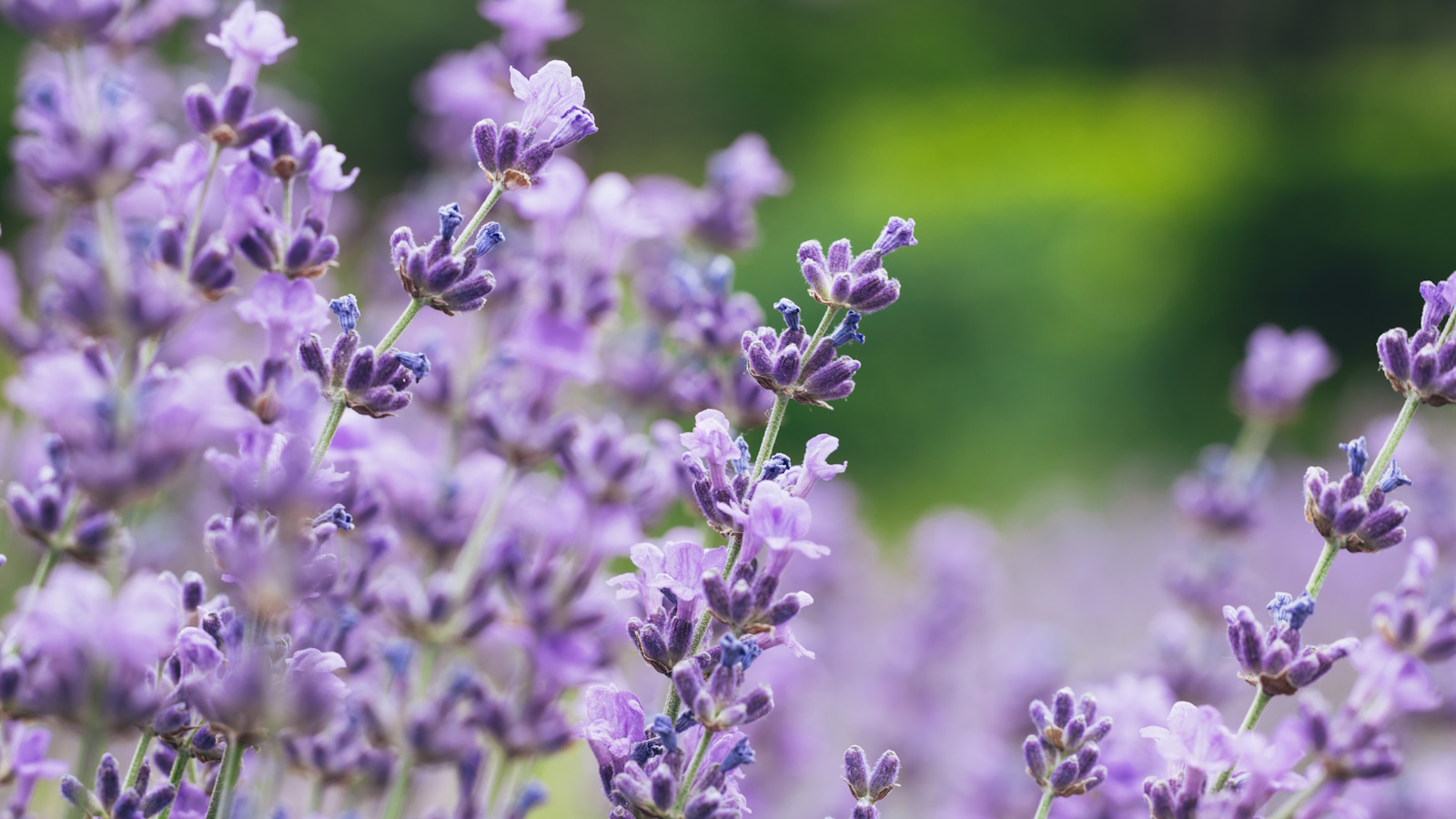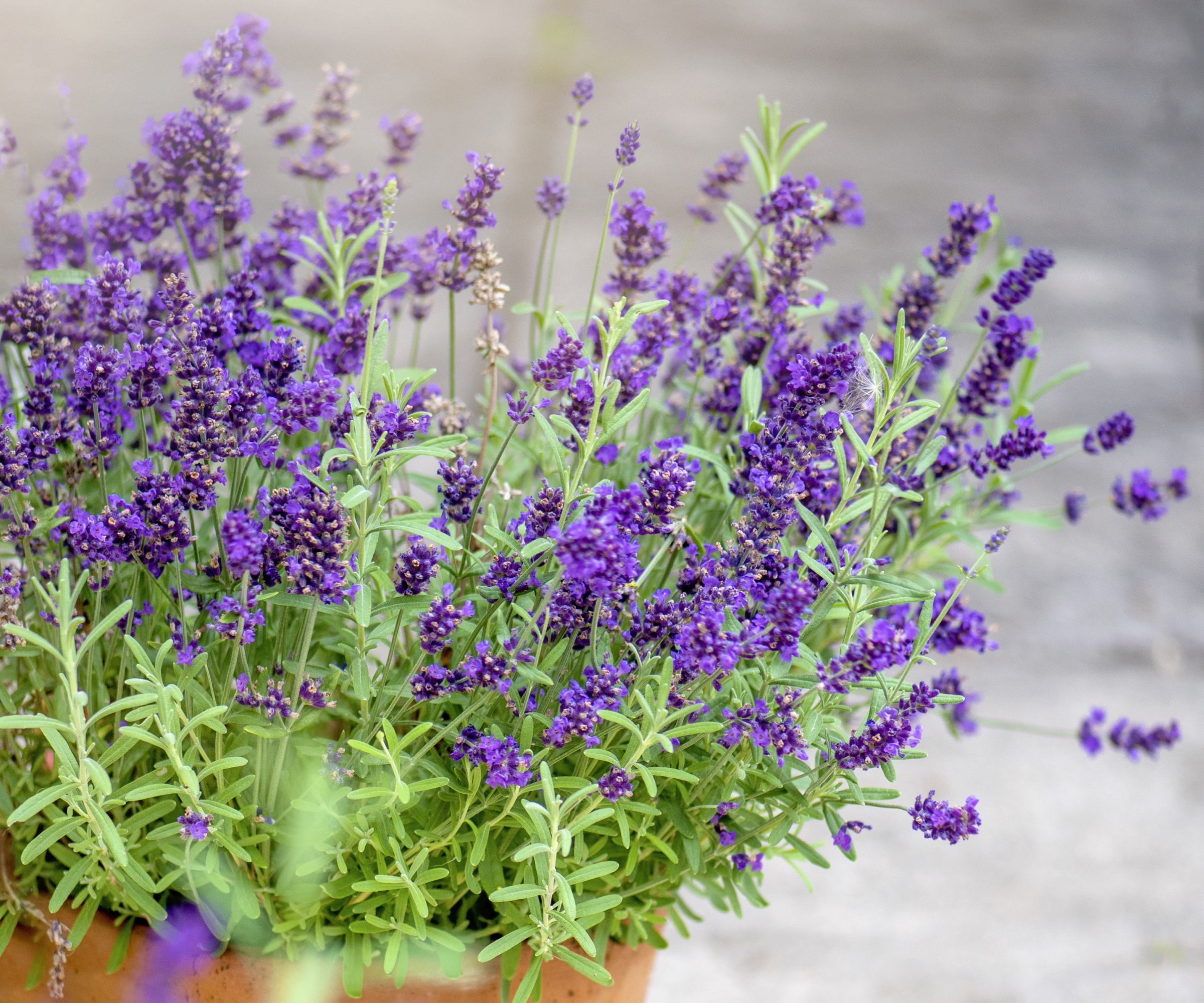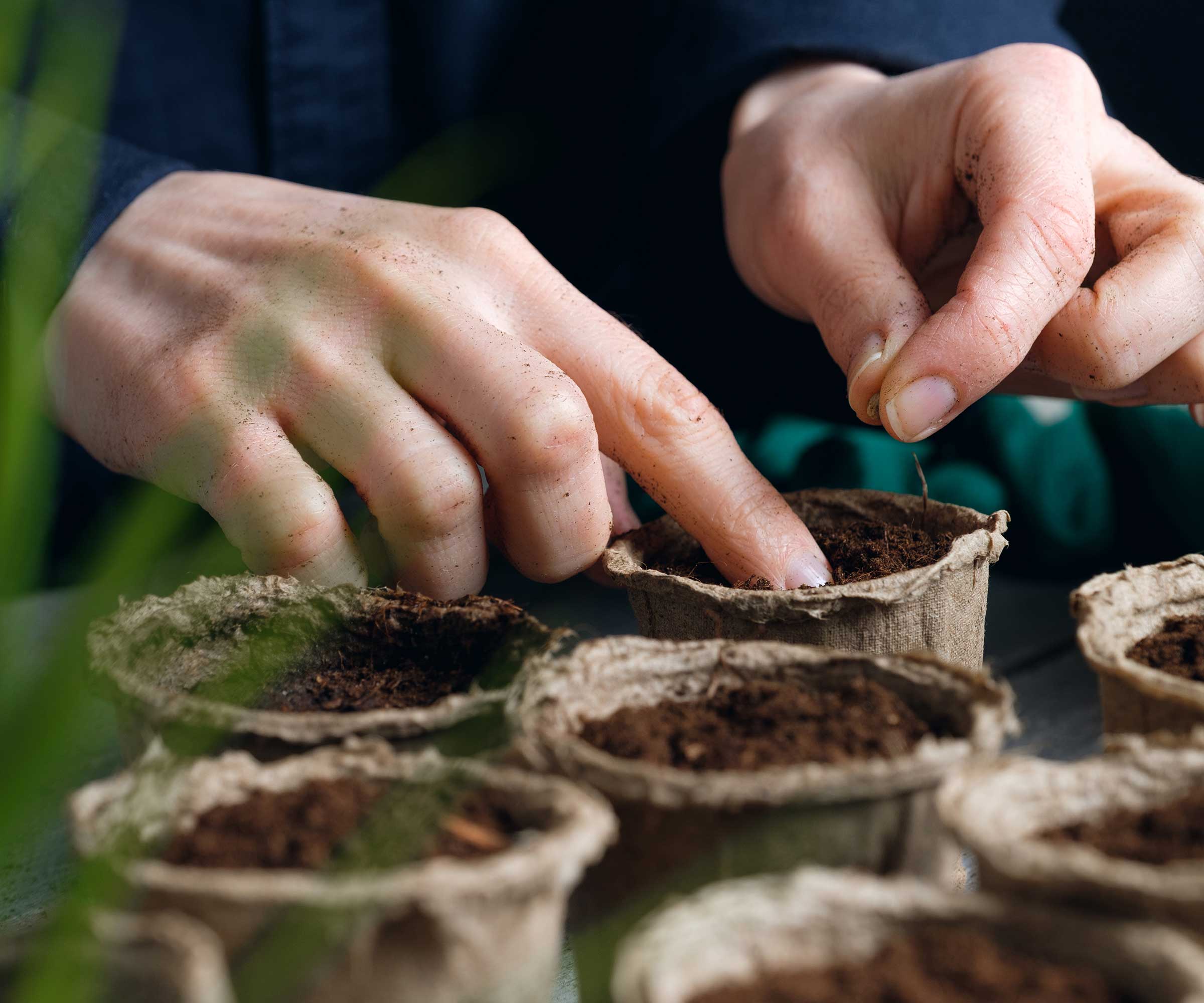
While it's common to buy already-established lavender plants, it is also possible to grow lavender from seed. Doing so can be a fun activity and a good way to use any seeds from your existing lavender plants for a doubled display next summer.
You can harvest lavender seeds after they have finished flowering at the end of summer. If you live in US hardiness zone 5 to zone 10, planting seeds is a simple and free way to propagate lavender for an abundant purple display the following year.
There are a few things to keep in mind when planting lavender seeds if you want successful germination. Here's what experts told us about how to plant lavender seeds.

The best way to plant lavender seeds for sucessful germination
Lavender is a garden staple thanks to its easy growing habit, and tolerance of poor soil. But did you know you can collect seeds from existing plants and use them to double your lavender display for free? Here's all you need to know for successful growing.
Prepare your lavender seeds before planting

'Growing lavender from seed may not be the most common way to propagate this popular plant, but it is perfectly doable and there are just a few little hurdles to overcome for success,' says Drew Swainston, former professional gardener and content editor at Homes & Gardens.
The key to success with sowing seeds indoors is ensuring they are in the right condition to germinate. 'The first important step is to give seeds a period of cold stratification ahead of planting them. This means subjecting the seeds to a period of cold for a few weeks, which will encourage them to follow their natural life cycle and improve the likelihood of germination,' says Drew. 'To do this, place the seeds in some moist soil in a ziplock bag in the refrigerator,' he adds.
Knowing when to plant lavender can make all the difference, so you should aim to sow lavender seeds after a few weeks of cold stratification. 'It's better to start it indoors roughly 12 weeks before the last frost,' notes Veronica Sparks, garden and homesteading expert from Homesteading Suburbia.
Provide the right conditions for seed germination

You can sow your lavender seeds onto the surface of compost and cover with a thin layer of compost. 'Lavender seeds want light to germinate so do not cover them with too much,' notes Drew.
Keep them somewhere warm to encourage germination. 'Somewhere between 70-75°F,' says Drew. 'The soil should be kept moist, but not waterlogged,' he adds. You might find a DIY indoor greenhouse useful for germination, but take care to provide air circulation so that the soil doesn't hold on to excess moisture - a common seed sowing mistake that risks failed germination or even killing off seedlings.
'Lavender seeds do take their time to germinate and can take up to a month before you’ll see the first signs of life,' Drew notes.
Plant lavender seeds at home
This potting soil blend is made to help seedlings and cuttings develop roots.
Grow beautiful lavender plants with this pack of 1400 seeds that are USA-grown.
This seed tray has a humidity dome and adjustable vent to allow for airflow.
FAQs
When should I transplant lavender seedlings?
Lavender seedlings will start appearing after around a month of the seeds being planted. It's best to then transplant lavender outdoors when the weather warms up in spring, after the risk of late frost has passed - around 12 weeks after planting your seeds is when the seedlings should be larger enough to plant up.
Planting lavender seeds is simple to do and with the right care, you can encourage seedlings to grow. Within just a few weeks, you'll have lavender seedlings ready to grow outdoors for a vibrant, summer display.
Read up on how to winterize lavender so you can keep your plants in a healthy condition through the colder months.







